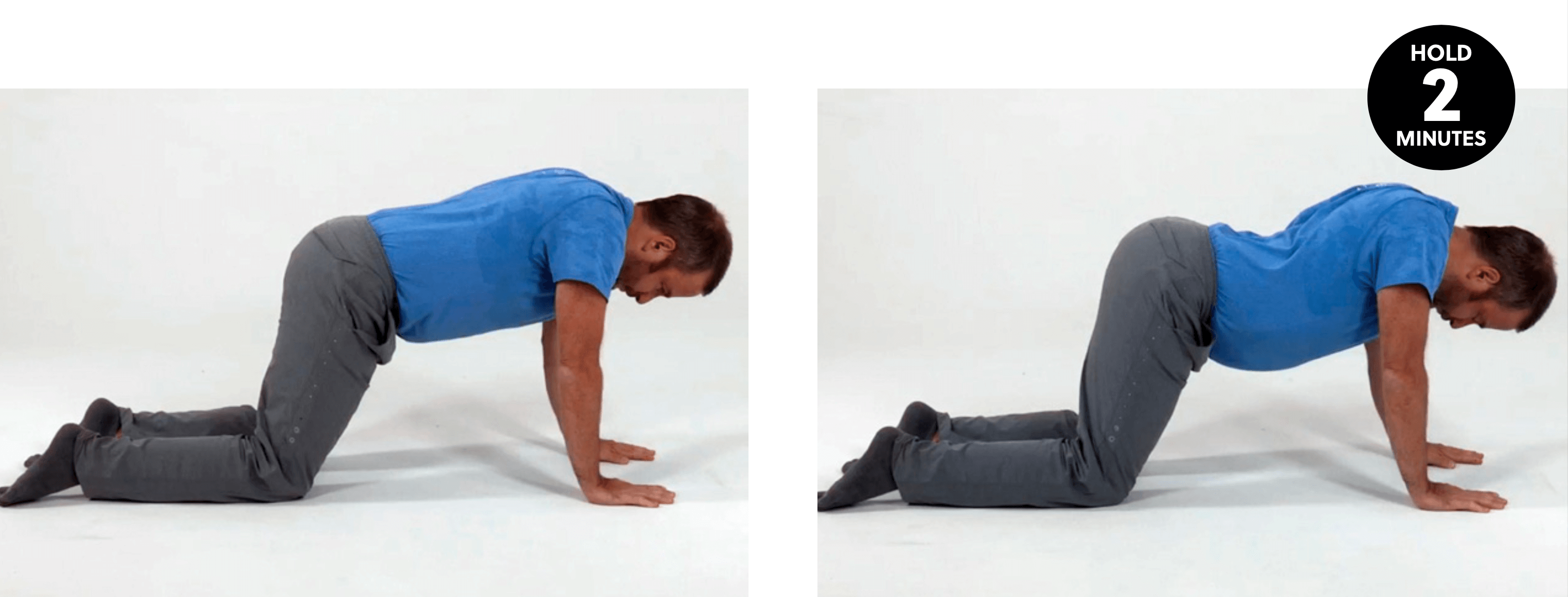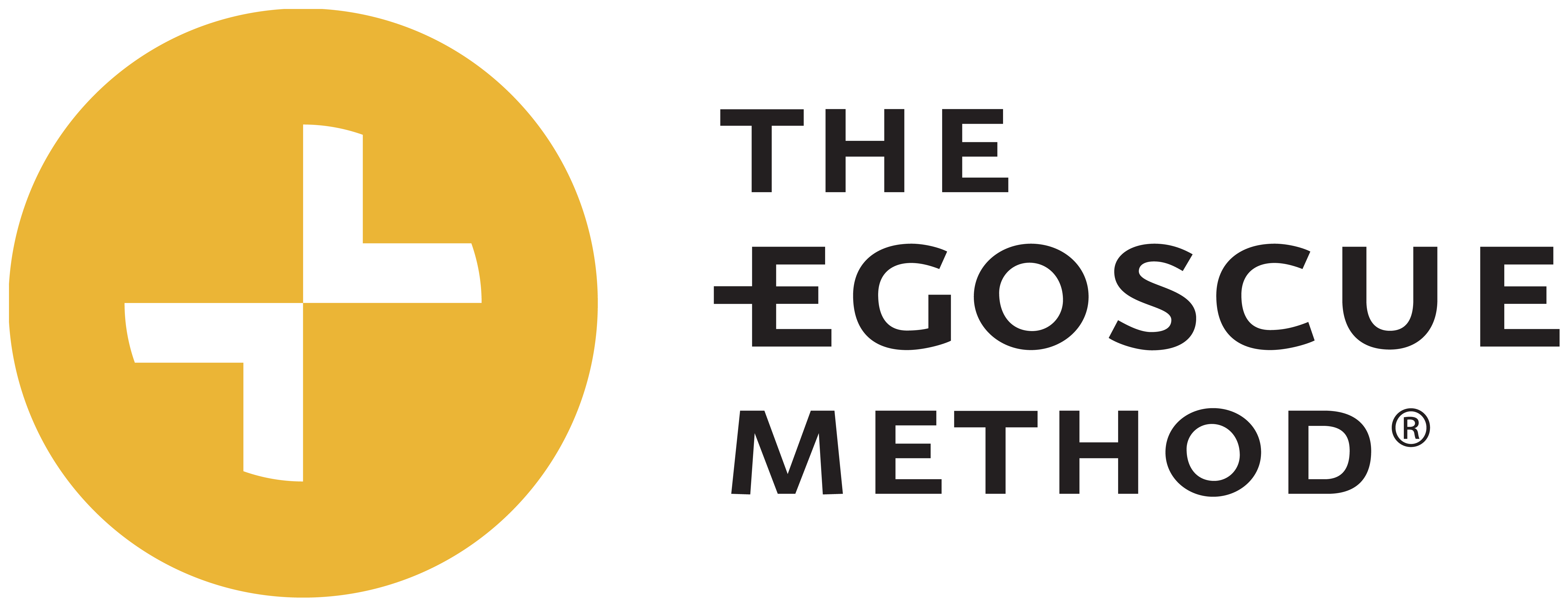Hip Pain
Keep Your Body’s Stabilizing Platform Strong
The pelvic girdle is the linchpin of posture. Without the pelvis as a platform and fulcrum, the spine would be horizontal. Like any platform that offers a stable and flat surface, the pelvis supports the spine from below. As a fulcrum, it also gives the spine leverage, a point from which it can be hoisted upright.
It is not too far-fetched to say that the pelvis is the body’s other brain—that’s how important it is. Judged by the amount of armored plating that nature has provided, the skull and pelvis are definitely in the same league. Like the skull, the hip is built to endure incredible punishment while safeguarding essential function.
Yet hip pain has become relatively common. Most of it is blamed on aging. Alerted by pain or stiffness, doctors take a look at the area where the head of the femur (thighbone) inserts into the socket of the hip joint. If they find inflammation and/or cartilage deterioration, they usually diagnose the condition as arthritis.
The word “arthritis” spooks people, but the name only means what it is objectively communicating through its Latin root: inflammation of a joint. When this happens, rather than blaming the hip for the pain, it should be congratulated for doing its job by generating an unusual amount of fluid in response to the unusual amount of friction or other irritation.
The site and source of the pain don’t necessarily coincide, so how do we alleviate it? By encouraging the hips to resume their proper design alignment by reengaging the right muscles. Reengaging the correct muscles will remove the pressure that’s been gouging out the cartilage, relieve the strain and pain on the overstressed muscles and other affected body parts, and return hip function to nearly normal flexion, extension, and rotation.
Static Extension Position

INSTRUCTIONS
1. Start down on the floor on your hands and knees with your major joints aligned (i.e. shoulders directly above elbows and wrists, hips directly above knees).
*Hands should be placed shoulder width apart, palms flat with fingers pointed straight ahead. Arms must remain straight, elbows locked.
2. Walk your hands 4-6 inches forward and then move your upper body forward so that your shoulders are again above your wrist but now your hips are forward of your knees 4-6 inches.
3. Relax your low back allowing it to arch with the movement coming from the tilt of your pelvis.
4. Collapse your shoulder blades together and drop your head down.
*Your shoulders should be directly above your wrist. If your low back begins to hurt, back your hips up toward your knees; this will make the exercise a bit easier.
5. Hold this eCise for 2 minutes.
FUN FACT
This exercise promotes lumbar and thoracic extension through bilateral hip demand.


 Ankle Pain
Ankle Pain Elbow Pain
Elbow Pain Foot Pain
Foot Pain Hip Pain
Hip Pain Knee Pain
Knee Pain Lower Back Pain
Lower Back Pain Neck Pain
Neck Pain Shoulder Pain
Shoulder Pain Upper Back Pain
Upper Back Pain Hand Pain
Hand Pain Wrist Pain
Wrist Pain